Jinlan translates as “Well Fence.” It was a popular type of teapot in the Qing dynasty, and its long history has brought many changes and variations to this form.
Initially, the teapots were smooth, completely devoid of patterns; later, they began to be decorated with flowers, poetry, calligraphy, and landscapes.
Once, the emperor visited his court artist and asked if there would be any new teapots in the near future. Man Shen shook his head and said, “I’ve been busy searching for ideas recently, but I haven’t found any!” The ruler said, “Don’t worry! Anything can be turned into a teapot!” At that moment, a maid came to fetch water from the well and leaned over the high fence; her slender waist curved and resembled the handle of a teapot, while the well’s railing resembled the body of a teapot.
Man Shen looked at the ruler and immediately understood. He took a pen with ink and drew several teapots on the stone table. They looked at each other and laughed.
The significance of this teapot: the deep well is akin to the sea of books and mountains, and knowledge is like water from the well. It is inexhaustible. It speaks to the world: knowledge is like water, essential for life.
This teapot has a perfectly fitted lid and an equally perfect spout. The handle is of exquisite shape, fitting comfortably in the hand.
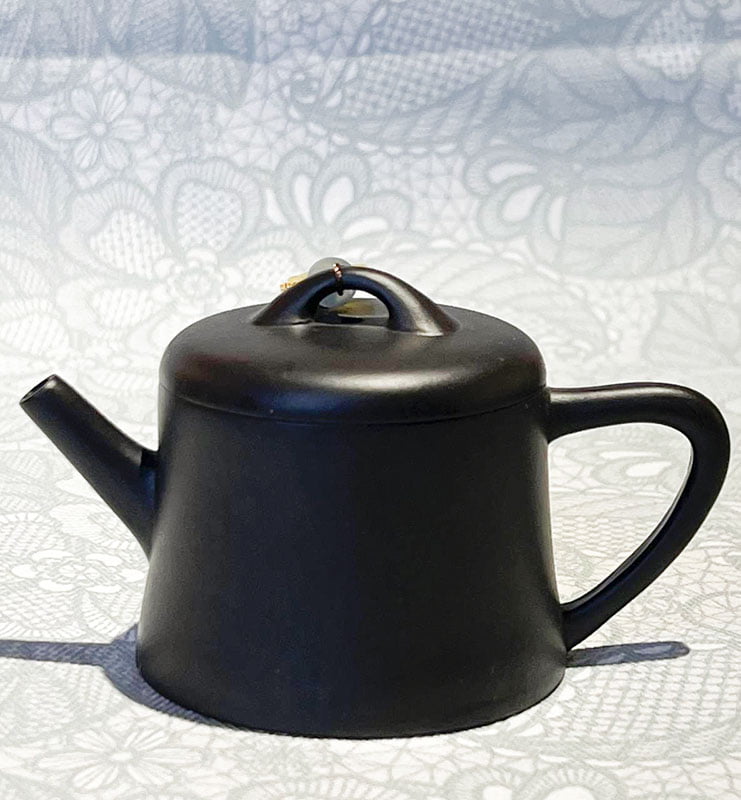

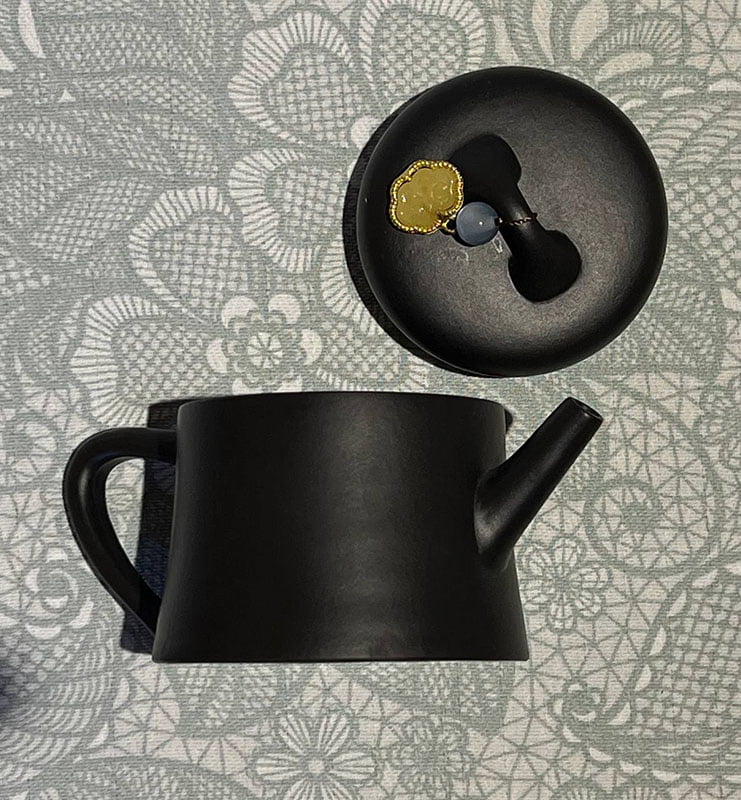
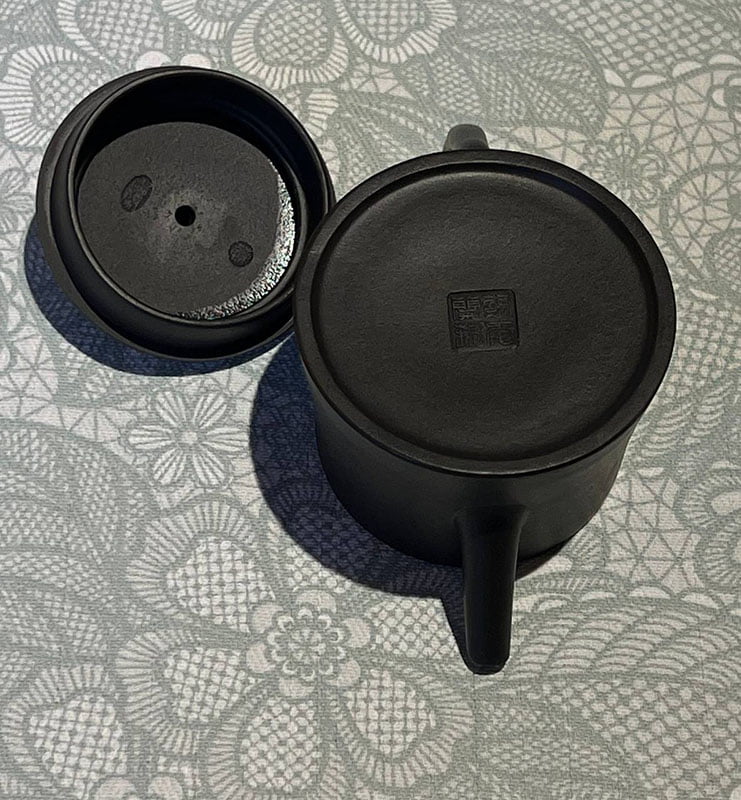


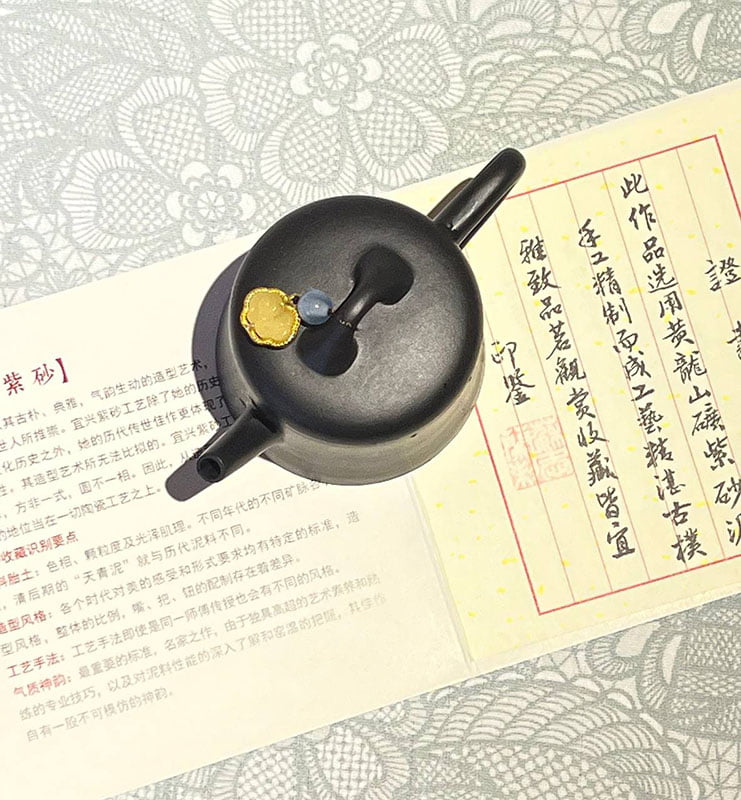
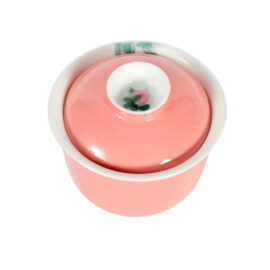
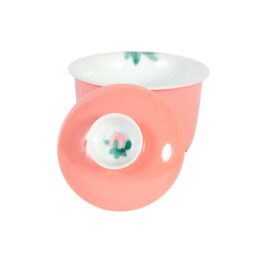
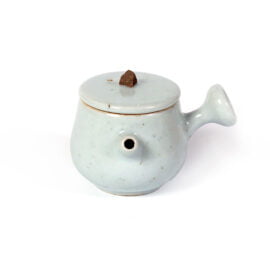

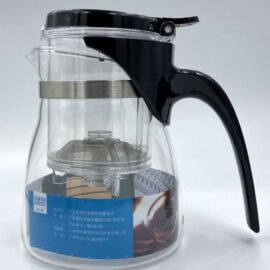

Reviews
There are no reviews yet.